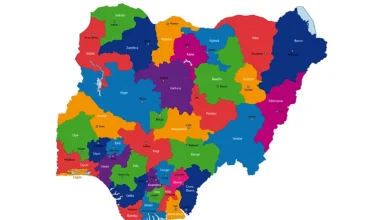Economic Downturn Pushes More Nigerians Below N100,000 Monthly Income Threshold

A stark economic reality has emerged in Nigeria as the number of workers earning below N100,000 ($80) monthly has surged by 42% in the past year, according to the newly released PiggyVest 2024 Savings Report. This shift signals a deepening income crisis in Africa’s largest economy.
The report reveals that 37% of employed Nigerians now fall into this low-income bracket, up significantly from 26% in 2023. This troubling trend coincides with a sharp uptick in unemployment, with those reporting no income rising from 20% to 28% between 2023 and 2024.
Gender disparities compound the crisis, with women bearing a disproportionate burden of financial hardship. The survey data shows 59% of women earning below N250,000 monthly, compared to 49% of men. This gender gap widens further in higher-income brackets, where men consistently outnumber women.
The implications of this income decline are far-reaching. Low-income earners, defined as those making N100,000 or less monthly, face mounting difficulties in covering essential expenses like housing and dependent care. This financial strain has created a growing dependence on alternative funding sources, including digital lending platforms and family support networks.
The report highlights how many in this income bracket struggle to afford essential items and frequently rely on loan apps or family assistance to make ends meet. With high inflation drastically reducing the purchasing power of the naira, their financial challenges have only intensified.
The findings come at a critical time as Nigeria grapples with broader economic challenges, including currency devaluation and persistent inflation. These factors have contributed to a significant erosion of purchasing power, particularly affecting those in lower-income brackets.
The PiggyVest report’s findings suggest significant challenges ahead for Nigeria’s consumer spending and economic recovery prospects, as more than one in three workers now fall within the lowest income bracket.





2 Comments